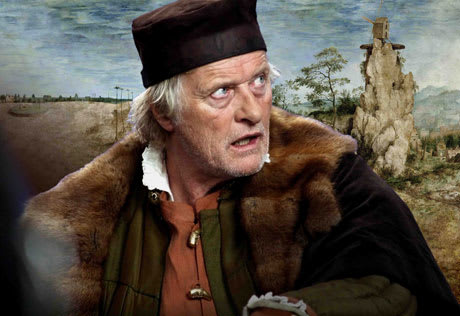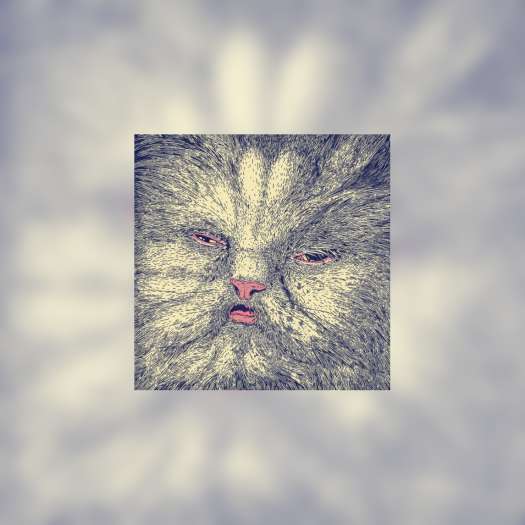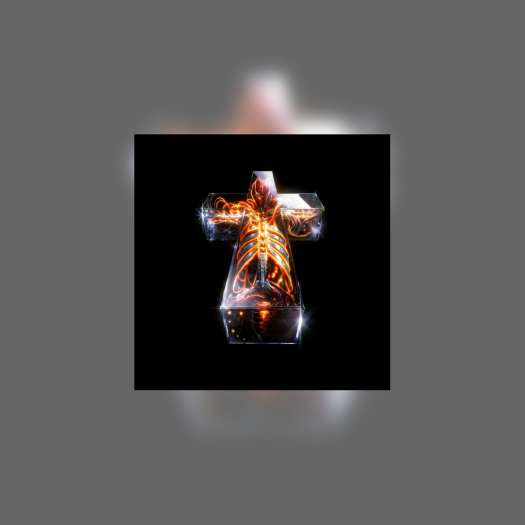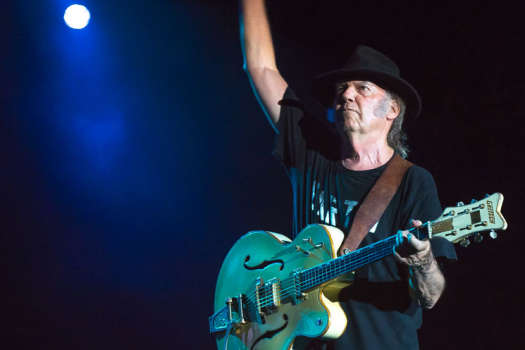Less a traditional film than an experimental work of theory and aestheticism captured using technology, Lech Majewski's The Mill and the Cross attempts to blend mediums by existing within Pieter Bruegel's painting, The Procession to Cavalry. Although, more accurately, this mesmerizing work of calculated, astute cinematography and tableau is about the creation and execution of Bruegel's imposing, awe-inspiring work, which brought the crucifixion into the 16th Century, where mercenaries in the service of Philip II of Spain escorted Christ to the cross.
Rutger Hauer plays the painter, interacting with his creations from inside the canvas while providing minimalist narration to contextualize some of the non-aesthetic concepts presented in the titular book by Michael Francis Gibson, from which this was adapted. He engages with his patron (played by Michael York) about the nature of his efforts, capturing the immediacy of the crucifixion in modern times while assessing the role of the Virgin Mary (played by Charlotte Rampling).
But beyond the fragmented narrative, which serves as art analysis, expanding on Bruegel's experiment in making historical repetition immediate while similarly doing reiterating for modern audiences in an accessible cinematic medium, Majewski's work is one of visual marvel.
Every frame is a work of expert composition and design, creating the illusion of a live painting by keeping movement in the background and foreground planes, leaving the middle one still. And since, like the painting, there are so many backdrops and actions, Bruegel's looming presence transcends to intended Godlike status, creating and engaging with a world that he's visually removed from by dimension.
Since these images speak for themselves, opening up the work to different interpretations and meanings (even though the final frame provides enough context for even the unlearned to understand), the only real shortcoming to Majewski's work is that there's dialogue at all. While it helps to diffuse the adaptation process, it adds very little to the film and almost acts as a superfluous distraction.
In creating a work limited to audiences appreciative of experimental mixed media, it isn't necessary or beneficial to patronize, even mildly.
(Mongrel Media)Rutger Hauer plays the painter, interacting with his creations from inside the canvas while providing minimalist narration to contextualize some of the non-aesthetic concepts presented in the titular book by Michael Francis Gibson, from which this was adapted. He engages with his patron (played by Michael York) about the nature of his efforts, capturing the immediacy of the crucifixion in modern times while assessing the role of the Virgin Mary (played by Charlotte Rampling).
But beyond the fragmented narrative, which serves as art analysis, expanding on Bruegel's experiment in making historical repetition immediate while similarly doing reiterating for modern audiences in an accessible cinematic medium, Majewski's work is one of visual marvel.
Every frame is a work of expert composition and design, creating the illusion of a live painting by keeping movement in the background and foreground planes, leaving the middle one still. And since, like the painting, there are so many backdrops and actions, Bruegel's looming presence transcends to intended Godlike status, creating and engaging with a world that he's visually removed from by dimension.
Since these images speak for themselves, opening up the work to different interpretations and meanings (even though the final frame provides enough context for even the unlearned to understand), the only real shortcoming to Majewski's work is that there's dialogue at all. While it helps to diffuse the adaptation process, it adds very little to the film and almost acts as a superfluous distraction.
In creating a work limited to audiences appreciative of experimental mixed media, it isn't necessary or beneficial to patronize, even mildly.




